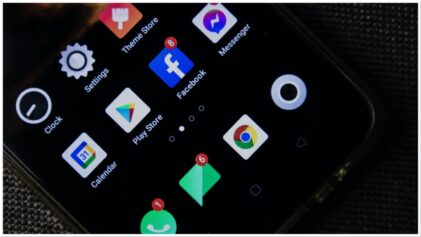Believe it or not, but a car that runs on “social fuel” is a reality now. A group of students from Kansas City have built a car that runs on Tweets, Facebook likes, Instagram shares and other social media updates.
Before you start scratching your ahead, here is how it has been built and how it works. The social media-powered car is the brainchild of Minddrive, a Kansas City nonprofit that uses experiential learning with at-risk teens.
This time, these students re-built a 1967 Volkswagen Karmann Ghia and converted it into an electric car. Reportedly, these students replaced the original Volkswagen engine with a lithium-ion battery pack and electric motor.
Following this, they installed a tablet PC into the circuitry of the car, which monitors the social watts derived from Minddrive’s social media accounts including YouTube, Facebook, Twitter and Instagram, and accordingly controls the power flow.
It starts with a social media update, and this sends a signal into the little box in the car that lets it know that it has social fuel and can start running.
In other words, the car is powered by social media interactions like hashtagging “MindDrive” on Twitter, liking MindDrive’s Facebook page or posts and commenting on their Instagram photos. For instance, a new Twitter follower brings five watts, liking something on Facebook adds 1 watt.
Every tweet, or Facebook like, and Instagram share gets routed through a server. So, if they don’t have enough social media buzz – that little black box can actually cut power to the electric engine.
By this way, users are encouraged to interact with Minddrive’s social media accounts to fuel the car. Thus, it won’t be wrong to call it a gimmick or a publicity stunt.
So now when the car has been built, the team is planning to test it out themselves by road tripping from Kansas City to Washington, DC.


